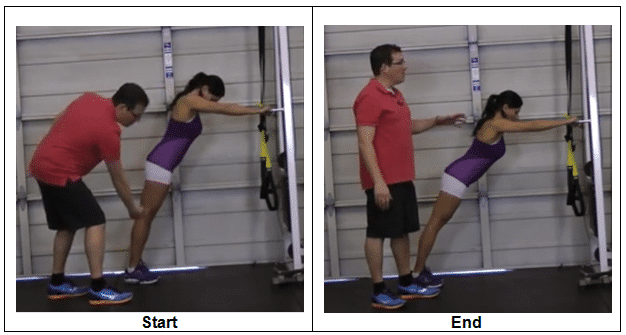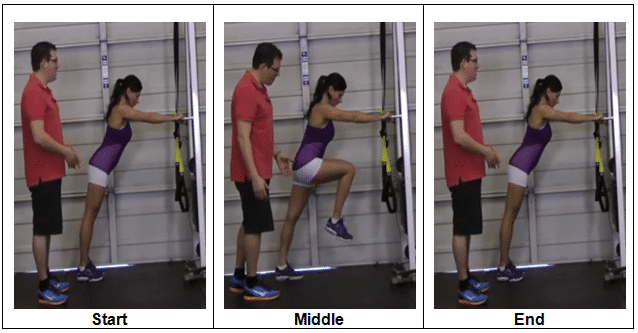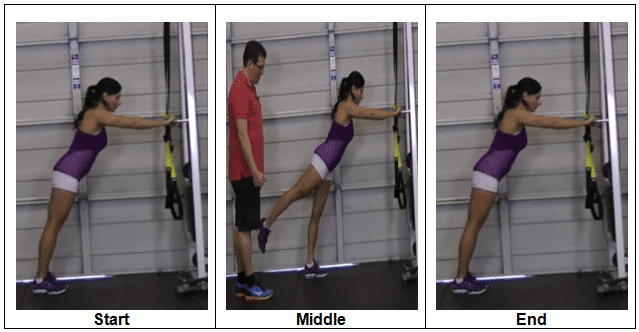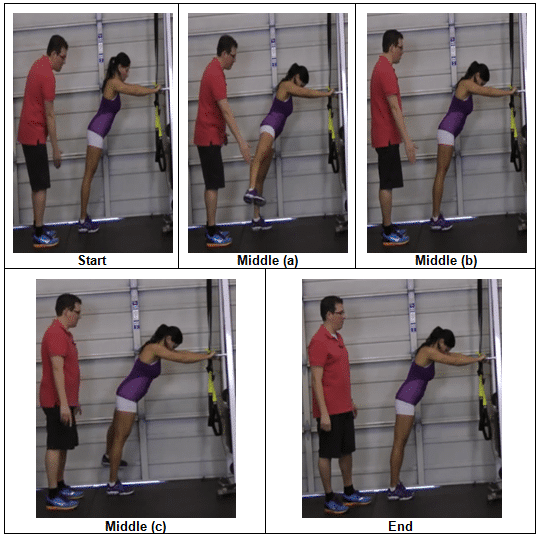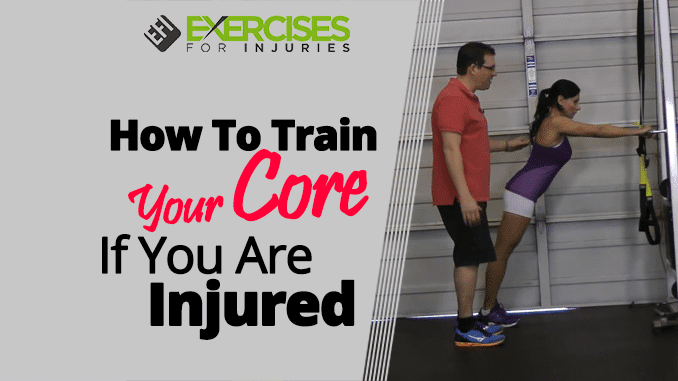
I received an email from my customer, Susan, about how to train your core if you are injured, and it said,
“I love your idea of exercises for injuries, but I would like to know how an injured person is supposed to do these exercises.”
CLICK HERE to watch the YouTube video.
There are different levels of people when it comes to injury. There are injured individuals who are unable to do very much. I have worked with these people in rehab, in a physical therapy clinic, or with people who have been in motor vehicle accidents. Some people are in the gym and work out but have an injury that slows them down or requires modification to their exercises.
Thanks to Susan for reminding me that I need to spend more time on different levels when it comes to the exercises for people. When it comes to exercise and injury, there is a huge spectrum of differences. Continuing with Susan’s email…
“Not meaning to sound too negative, but this year I have been getting back to the level where I was and I am trying to overcome a back surgery. I had broken my L4 and had it fused and repaired. The exercises that you do are great but your model is very fit and I am wondering what exercises you have for someone that is not as fit, overcoming a back surgery and has a weak core. Do you have any exercises to help someone with this type of condition that involve body weight or the Suspension Trainer”?
Thank you very much, Susan, for sending me your question. If you were my client, I probably wouldn’t get you on the Suspension Trainer immediately. If you have a back injury, have had back surgery, or are trying to get back to where you were, I probably wouldn’t start you off on the Suspension Trainer. We have done several videos when it comes to the Suspension Trainer. However, these exercises are probably medium to advanced. You need to train your core. Train your core by starting with the wall or leaning up against support.
1. Plank Against The Wall
Plank Against The Wall
I had Orsy demonstrate. Grab the bar, putting your body at an angle. Hold this position, bracing the abdominal area, and activating the glutes, the lats, and the muscles all around the back from the front and the back.
If you want to make this more difficult, increase the incline of your body. You can easily do this up against a wall.
2. Leg Movement
Leg Movement
The next step is to start adding in leg movement. While tightening the abdominals, glutes, and lats in this position, bring your knee up to about hip height and lower back down. Go slow, alternating legs while keeping things tight. Go through one set of 5 repetitions on each side. The next step would be high knees.
3. Hip Extensions
Hip Extensions
The next exercise is hip extensions. Bring the leg back in a slow and controlled movement. The movement should come from the hips, so work your glutes and hamstrings. You are still maintaining that angled position, and your core is activated, glutes are tight, and lats are kicked in. Try not to move your upper body, but keep it tight and in good alignment.
4. Side To Side Movement of the Hip
Side To Side Movement of the Hip
The next thing I would get you to do in this position is to bring the leg out to the side and back to the middle. Like with the leg extensions, the low back and upper body position isn’t changing – it’s all happening in the hips. This time we are working on the outer part of the hip and working on that side-to-side movement of the hip.
Susan, that’s where I would start you off:
- Start with the plank against the wall, holding it for some time, like 10-30 seconds.
- If that’s too easy, move your feet back to add a steeper incline. Train that core area, so you feel like it has been worked. There shouldn’t be any stress or pain in the back.
- In that wall plank, add knee lifts to hip height, back leg extensions, and then add the leg to the side exercise. Do 5-10 repetitions on each side, and see how your back feels. When that gets too easy, move to the progressions discussed.
How does your back feel after that little routine? Does it feel like your muscles have worked, or have you overdone it? Have you put too much stress and strain on your back? If you are fine, check again later that night. How is your back feeling? Does it feel fine? Do your muscles feel like they have worked? If everything is okay, check to see how you feel the next morning and how your back feels. Do the muscles feel like they have worked? If yes, then you have done the appropriate amount of exercise when it comes to your condition.
There you go, Susan. Please do let me know how things are going. For others, please continue to send me your questions regarding your injury and pain. I will work on doing more videos when it comes to those of you that are recovering from an injury.
Final Word
Make sure to swing by ExercisesForInjuries.com and enter in your injury or pain.
There is a good chance I have something for you that will help you. There is a good chance I have a video, an interview, or a blog post on your injury or pain. Enter your injury or pain into the search bar on the top right of the screen.
Second, if you watch this on YouTube, head above and hit “Subscribe.” Every couple of days, you will receive a video like this, a guest video from one of my friends in the fitness world, or an interview that I have done with one of my friends in the fitness world.
Third, head down below hit “Like,” and leave me a comment or question.
Rick Kaselj, MS
If you want to eliminate your lower back pain, click here to check out the Low Back Pain Solved program.

